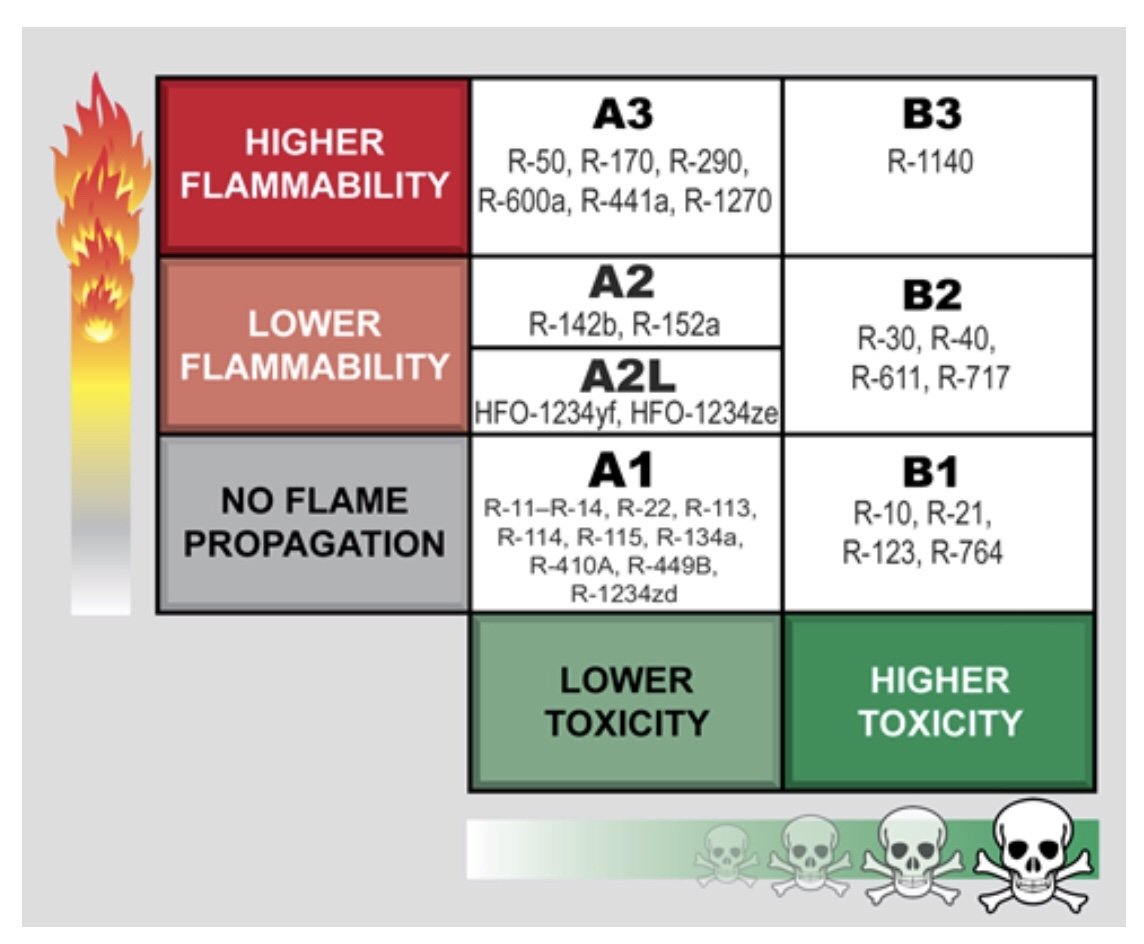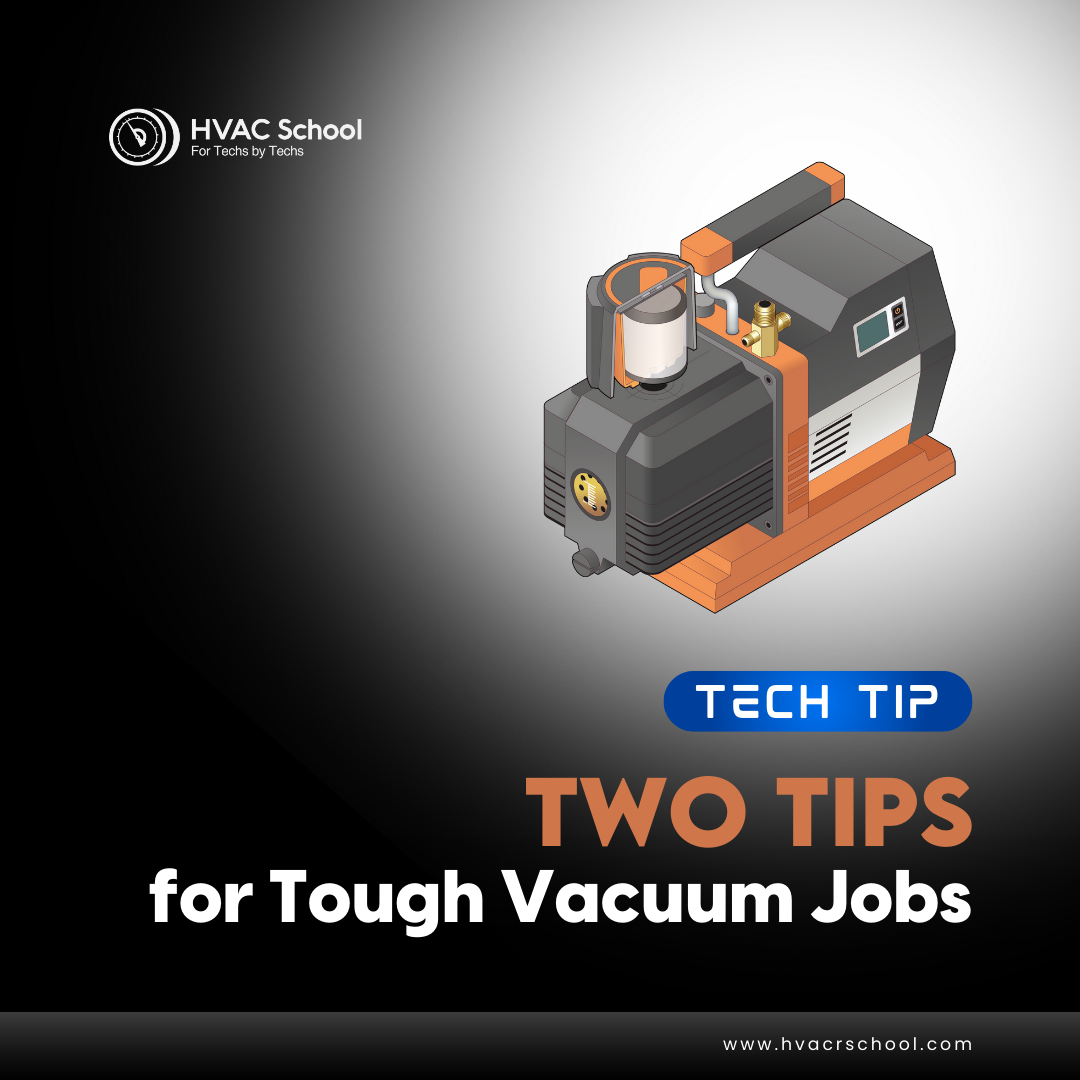Get Tech Tips
Subscribe to free tech tips.
Attic Equipment Codes

I didn't install this unit.
First off, attic installations are among my least favorite applications from the standpoints of serviceability, system longevity, and a laundry list of other items. Here in Florida, it's just a bad idea due to the high humidity and temperature in a vented attic and the condensation issues that can and usually do occur on the equipment.
Besides all of this, the IMC (International Mechanical Code) 2015 edition has some specific code requirements related to attic installation that you should be aware of. The IMC isn't the “law of the land,” and the final say on codes comes down to the AHJ (authority having jurisdiction) in your area, but in general, the IMC is the basis for most local codes.
IMC 306.3 (2015) Appliances in Attics
This is a plain-language paraphrase of the code:
- The opening needs to be large enough to remove the unit.
- The opening/passageway must allow for unobstructed access.
- The passage must not be smaller than 30″ high x 22″ wide and no longer than 20′ unless it's at least 6′ tall and then no more than 50′.
- Passageways must have a solid floor no less than 24″ wide.
- The work area in front of the unit must have a solid, level floor of no less than 30″ x 30″.
- You don't need a floor/passage when you can access/service/remove the unit from the opening itself.
- There needs to be a light and an outlet by the unit with a switch located at the opening to the passageway.
Practical Considerations
- Don't ever cut trusses unless you have engineering that shows it is allowed.
- If the unit is suspended, make sure not to drill trusses in a location that will structurally compromise them. Follow manufacturer recommendations for proper mounting of the equipment.
- In unvented attics, take extra precautions to insulate drain lines/copper properly and seal unit penetrations to prevent moisture issues.
- Ensure that you CAREFULLY read manufacturer install instructions for horizontal installation and run test the system long enough in cooling to ensure there are no condensation issues. Coils and pans are OFTEN installed improperly in horizontal applications.
- Install a secondary pan at least 3″ wider than the appliance (1.5″ in each direction) and condensate overflow protection to ensure that an overflow won't result in MAJOR damage in accordance with IMC 307.2.3.
- When it comes to condensate in an attic, CHECK EVERYTHING TWICE.
- Be prepared with plenty of fluids and comply with OSHA confined space rules when applicable.
Mostly, avoid attic installs whenever possible. When you must perform an attic install, do it with care and prepare to do some extra prep work on the work area to comply with the code.
—Bryan










Comments
To leave a comment, you need to log in.
Log In